History of American Slavery
Start of Slavery
The origins of slavery in America can be traced back to the year 1619.
A Dutch ship sold 20 African slaves to English settlers near Jamestown, Virginia. After that, slavery quickly spread throughout the North American colonies.
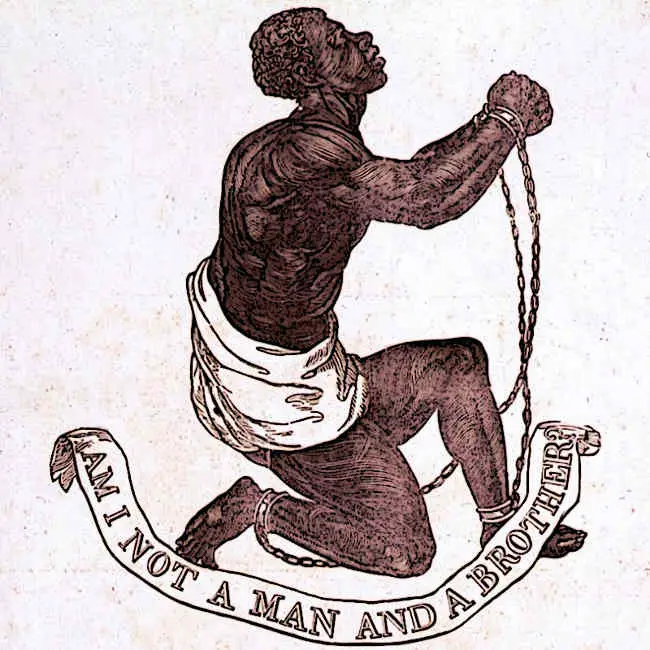
During the 17th century, European settlers decided to use black slaves for labor. In comparison to the indentured servants, the slaves were cheaper and could be controlled more easily.
According to various historians, during the 18th century, American colonies imported approximately 6 to 7 million black slaves. During this period, African slaves mostly worked on indigo, rice, and tobacco plantations.
Revolutionary era and slavery
In 1775, the Royal Governor of Virginia, Lord Dunmore sent a letter to Lord Dartmouth. Dunmore feared that the Patriots might rebel and therefore, he wanted to free slaves that the patriots owned.
On November 7, 1775, Lord Dunmore enforced Martial law. He also declared that any slave who escaped from the patriots and joined the royal army would be granted freedom.
Around 1500 slaves fled, and joined the royal army; however, only three hundred succeeded in gaining freedom.
Free blacks also participated in the American revolution as well. George Washington declared that slaves that fought with the American Continental Army would be granted freedom.
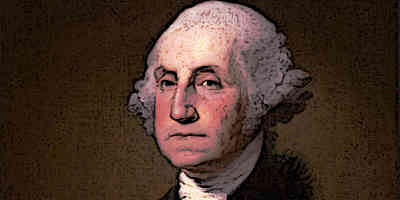
During the revolutionary war, one-quarter of the army was made up of black people.
Slave trading from 1790 to 1860
During this period, various US states placed different restrictions on international slave trading.
By 1808, South Carolina was the only state that indulged in the African slave business. After 1808, the USA outlawed slavery; however, as a result of this, people started smuggling slaves into the country.
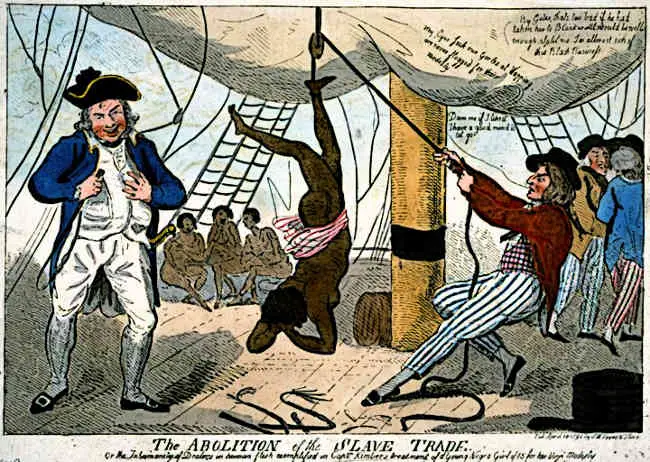
States such as Alabama, Mississippi, Louisiana, Texas, Missouri, and Arkansas had a lot of fertile lands. The land was used for plantation purposes, and the cotton industry was especially thriving in these areas.
However, the cotton fields required a large number of laborers; this led to an increase in the demand for black slaves.
Virginia and Maryland were famous in this time period as Negro raising states. They encouraged slaves to reproduce.
During this period, many slave traders such as John Armfield and Isaac Franklin emerged. These notorious slave traders earned millions of dollars in slave trading.

South’s Justification
Many southern leaders defended slavery by stating that it was necessary for the labor required. They tried to highlight its benefits for society.
In 1837, John C. Calhoun gave a famous speech in the Senate. During this speech, he stated that slavery was a good thing.
James Hammond on March 4, 1858, gave another speech and introduced his Mudsill theory. He believed that one group of the society must carry out lowly duties because, without them, the leaders of the nation could not succeed.
George Fitzhugh, in The Universal Law of Slavery, stated that slavery provided slaves with all the necessities of life. He further argued that slaves were lazy and could not survive in the free world.
The South also regarded slavery as a necessary evil. They believed that freeing the slaves would lead to disastrous consequences.
Females Slaves
The female slaves were regarded as sexual objects. Fancy was used for females who were eligible for sexual use. In some cases, even female children became victims as well. Female slaves were also used for breeding purposes.
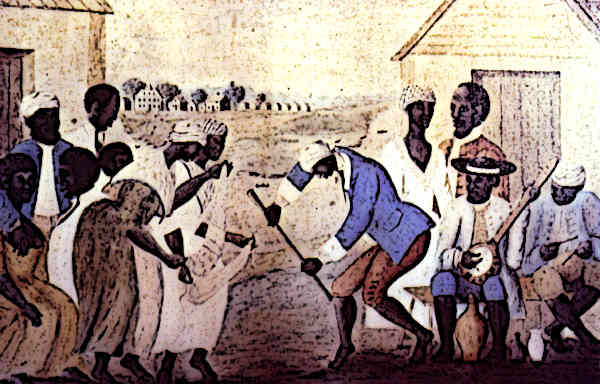
This way, more slaves could be produced. Female slaves were also forced into prostitution and concubinage. High-class people bought the more refined and educated slaves.
The lighter the skin a female slave had, the more expensive she was. Even slave housekeepers and those who worked at the plantations could be sexually abused.
Slave codes
Various states established slave codes that were based on colonial-era laws. They regulated the master-slave relationship and provided legal support as well. Although every state had its own set of slave codes, however, similarities existed between them.
Slave codes prohibited people from teaching slaves. It ensured that the people of color did not develop any rebellious thoughts. In Alabama, slaves were not allowed to leave their masters' place without written consent.
Various other states made use of this code as well. In Alabama, slaves could not exchange goods with each other. In Virginia, slaves were prohibited from drinking in public near their masters.
They were also not allowed to carry weapons. Liberated blacks were given a year to leave their states. They were not forbidden from coming back.
Slave Rebellions
Many slave rebellions occurred throughout the American slavery period, such as
Gabriel’s Conspiracy
Igbo Landing
George Boxley
Denmark Vesey’s Conspiracy
Black Seminole Slave Rebellion
Amistad Seizure
Creole Case
However, very few of them were successful. Nat Turner led a terrifying slave rebellion that shook the white people to their very core.
It occurred in 1831 in Southampton County, Virginia. During this rebellion, around 60 white residents were killed.
Turner and his comrades were eventually hanged. However, in a fit of rage, the militia killed many innocent black slaves as well. This incident resulted in Virginia and other states passing stricter regulations regarding slavery.
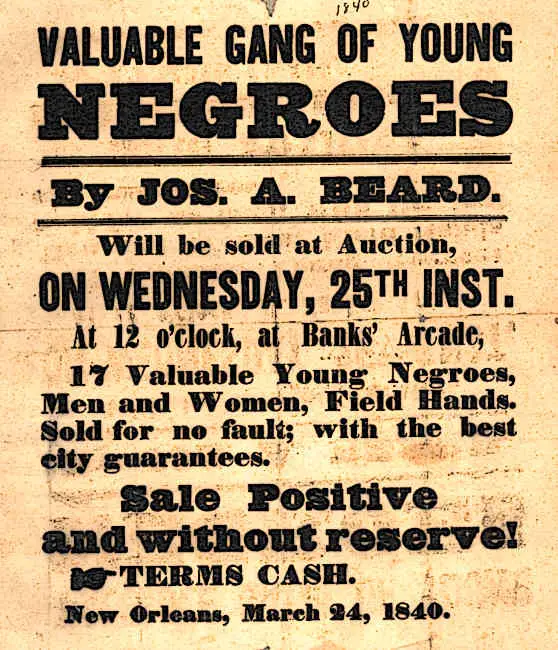
Native American Slaves
Slavery in the USA was not only limited to the blacks; it also included the Native American as well.

During the 17th and 18th centuries, the Europeans captured a large number of Indians who were then transported to the colonies.
Even after the banning of the slave trade in 1750, the enslavement of Native Americans continued in the southern states.
End of Slavery
On January 1st, 1863, Lincoln announced that any slave who left the Confederacy and joined the Union forces would be declared free. His one declaration changed the fate of 3 million black slaves.
The Emancipation Proclamation also deprived the Confederacy of its workforce and resulted in the Union gaining favorable public opinion.
Over 186,000 black soldiers joined the Union army, and around 38,000 lost their lives fighting for it.

Legacy of Slavery
The passing of the 13th Amendment on December 18, 1865, resulted in slavery being abolished in the United States.
However, African Americans still faced a lot of difficulties in the reconstruction period. Although the 14th Amendment gave blacks full citizenship and the 15th Amendment gave them the right to vote, these rights were largely ignored in the South.
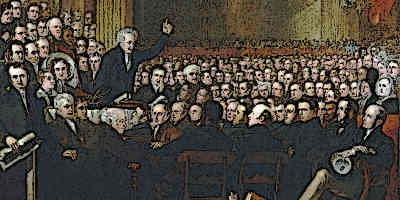
The black codes and sharecropping created further difficulties for black people. By 1877, white supremacist groups such as KKK had become dominant in the south.
In the 1960s, the Civil Rights movement took place, which resulted in blacks gaining many political and social benefits.
The movement finally helped African Americans gain the same rights as white Americans.